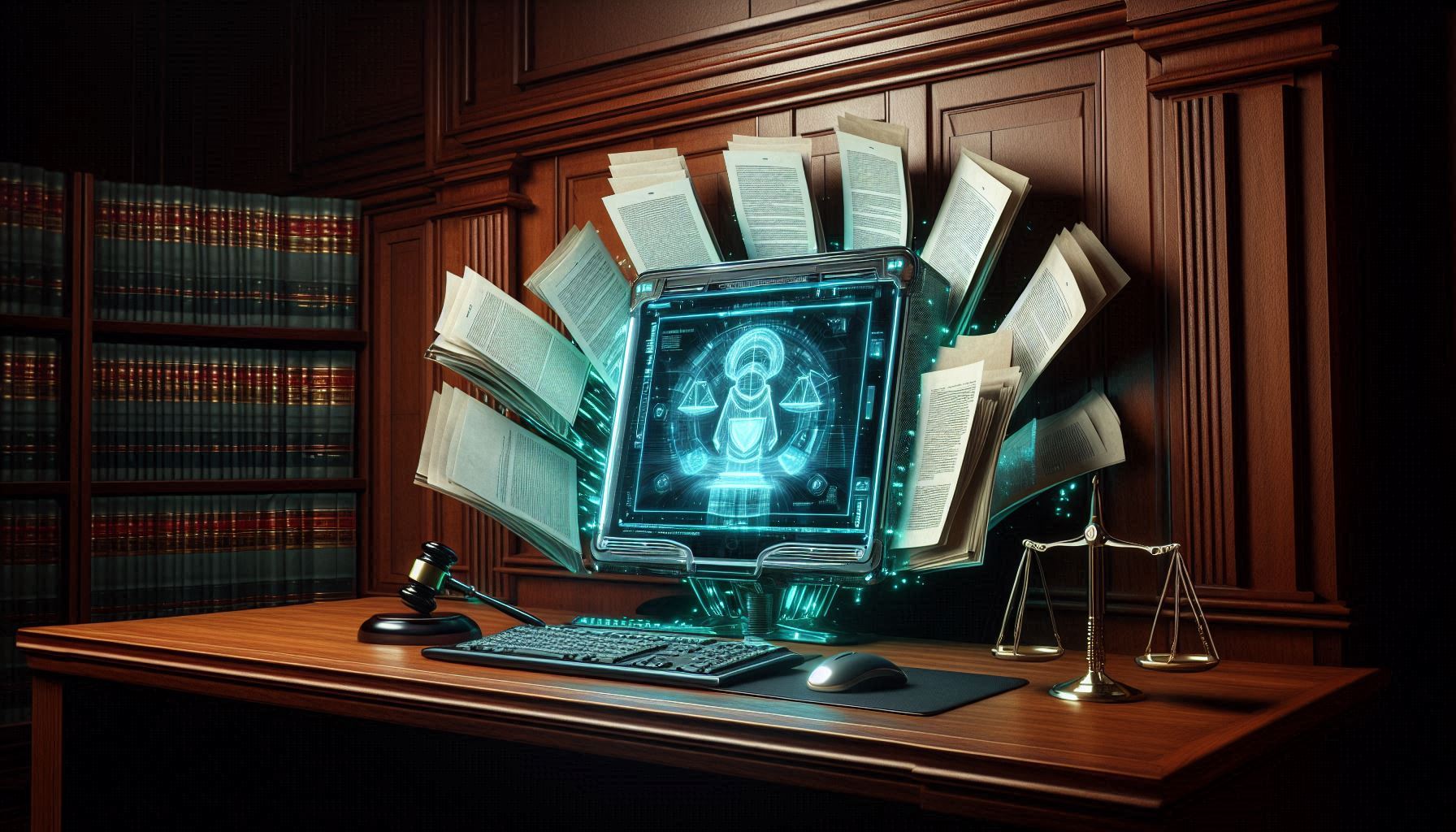Using AI technology to help lawyers draft better motions.
Most attorneys have now heard the horror stories of lazy lawyers who used public AI systems such as ChatGPT, Meta AI, Microsoft Copilot and others systems to generate motions for filing in lawsuits and legal matters.
Those situations are known to many lawyers as a warning about relying solely on public LLMs to draft and generate motions, briefs and other documents that get filed in court for a lawsuit. In almost all the cases known thus far, the Courts have rejected those documents because of errors in reasoning, bad citations of caselaw or because of made-up facts.
It is a dangerous road that lawyers travel when relying on public AI systems such as ChatGPT, Microsoft Copilot and others to draft legal documents. It also has similar ethical implications as relying on non-attorney staff to solely draft and research cases for motions and briefs – without supervising attorneys quality checking and reviewing that work product.
The risk of hallucinations when relying on public LLMs to draft documents that are then expected to be accepted by courts is high. Traditionally, lawyers have had to put serious effort into ensuring their motion practice is legitimate, relevant and on-point. For courts to accept documents created by AI, a person – te lawyer – must be involved. The AI system is merely another tool to be used by the lawyer in assisting them to create the final product.
How to draft motions using AI that courts will accept
There are several things that attorneys can do to ensure that, even when using AI tools, the courts will accept documents where the AI was involved in the drafting of those documents such as motions, legal replies and supporting briefs. In order to ensure that courts will accept motions and other legal documents to be filed in court, the attorney should:
